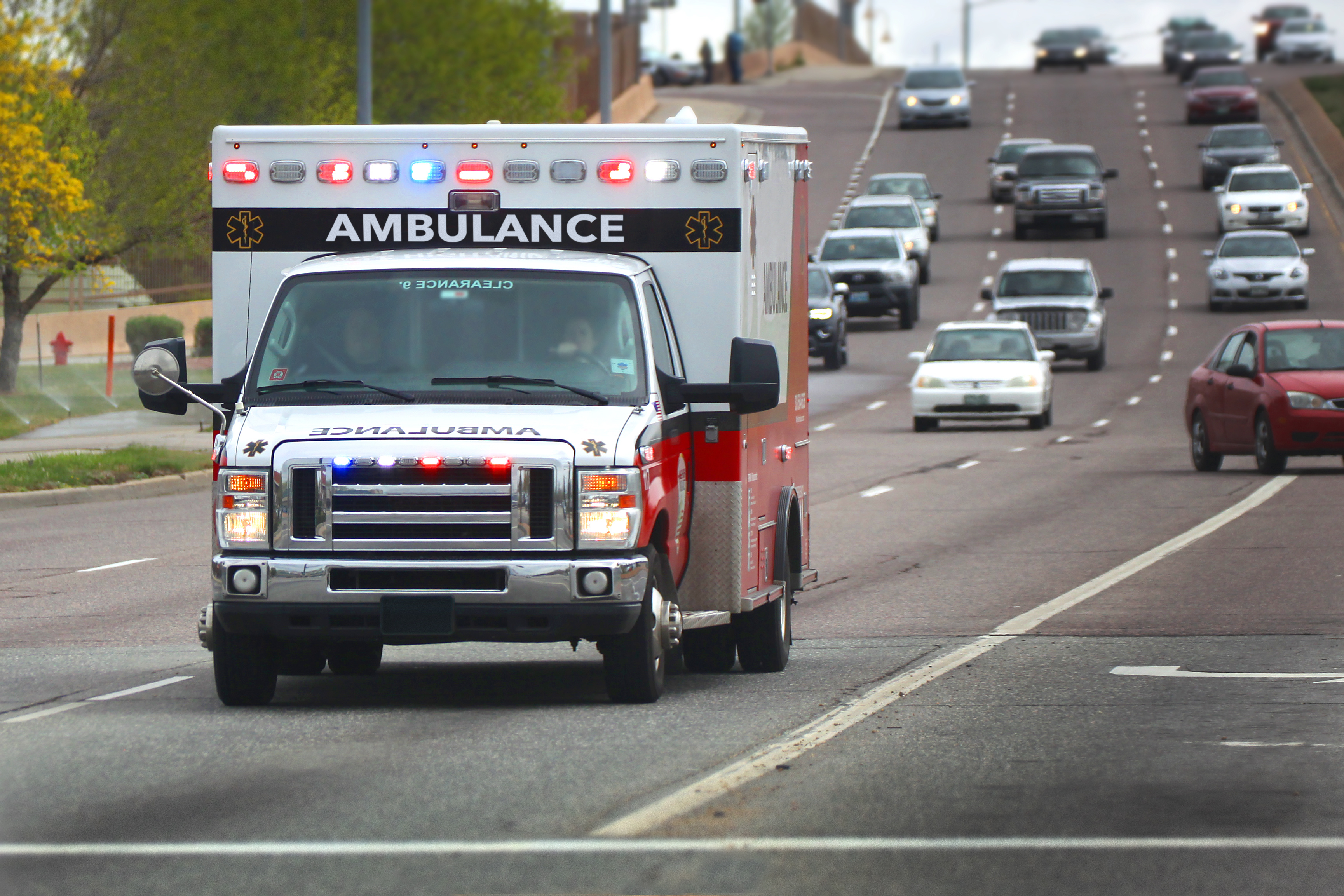
If you’ve been in EMS for any length of time you no doubt have had a conversation with somebody about response times. Perhaps you are a field provider who was spoken to about your extended response time, or as a manager you discussed your systems average response time with a town manager. It’s a metric we all live by and it’s a number we are all familiar with, but should this be a key indicator for our systems success?
Many response time metrics were developed before our world evolved to include electronic patient care reports and sophisticated data collection. We didn’t have access to real-time GPS truck monitoring nor were our protocols as robust as they are today. With all of this, it has become easier for us to truly measure patient care and experience. We can determine which treatments save lives and improve patient outcomes. We should be utilizing all this data to better define what a successful system looks like outside of just time measurements. EMS Compass is one such organization looking for and trying to define what these metrics are, but for a change like this to work we must be able to measure its impact on the entire system.
One of the biggest challenges in this undertaking is trying to better educate the public and the community that we serve that getting an ambulance to the scene “really fast” may not be the best thing for them. We’re already finding this challenging when it comes to the use of lights and sirens. We occasionally hear complaints from patients that we are not using sirens and stopping for red lights. It’s difficult in the throes of an emergency to explain to them the risk/reward of the utilization of lights and sirens.
The entire EMS Culture of Safety movement is looking to improve safety for not only the provider, but for the patient and the public. The use of lights and sirens for responses certainly impacts the safety of providers and the public, but would a longer response time impact the patient? The evidence that we have suggests that in a cardiac arrest having an AED on scene within 4 minutes helps, but an ambulance is not required for that. We also know that heart attacks, strokes, and trauma benefit from rapid transport. But outside of those few cases we don’t have evidence that suggests getting to the scene more quickly improves outcomes.
We already have one tool to judge the effects of response times on our patients. We can look at our patient satisfaction survey results which will question the patient on the length of time they waited for the ambulance and see if this is something patients find important.
Feedback Innovations analyzed response times in three groups 0 to 5 minutes, 6 to 10 minutes and 11 to 20 minutes. The patient satisfaction scores with those wait times were 96.13%, 95.13%, and 93.91% respectively, which did show a small downward trend with the longer wait times. However, overall satisfaction scores for patients who had to wait those times were 96.22%, 95.76%, and 96.16% respectively, showing that longer wait times did not adversely affect patient satisfaction. This data alone shows that our patients don’t regard wait times as a strong factor in overall service. This level of analysis is available for all Feedback Innovations clients to generate.
This is not to suggest that if our patients are happy with longer response times that we should arbitrarily increase them, but certainly when designing any change, we must understand how it’s going to impact the system. And if we can show, through objective data, that our patients don’t perceive a longer response time as a deterioration of overall care; it may be an easier conversation with our communities when trying to better judge success of our system outside of the single metric of response time.